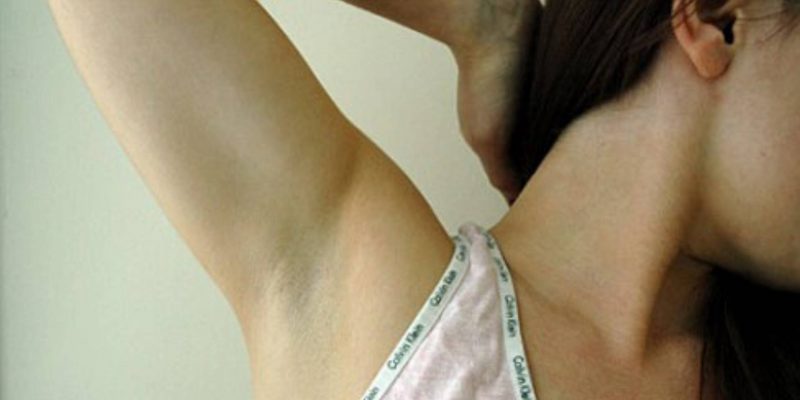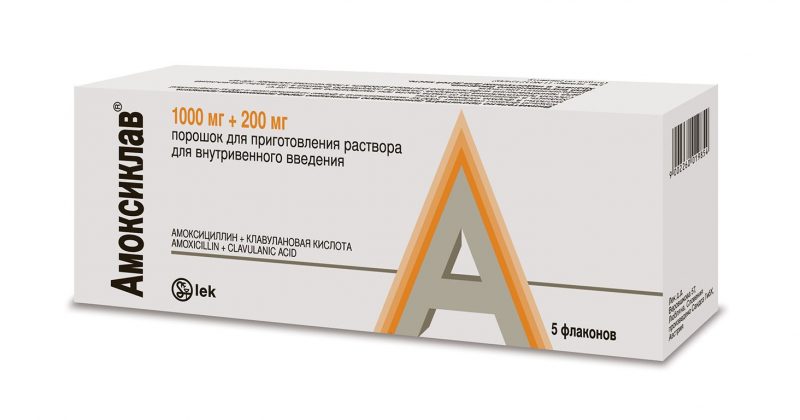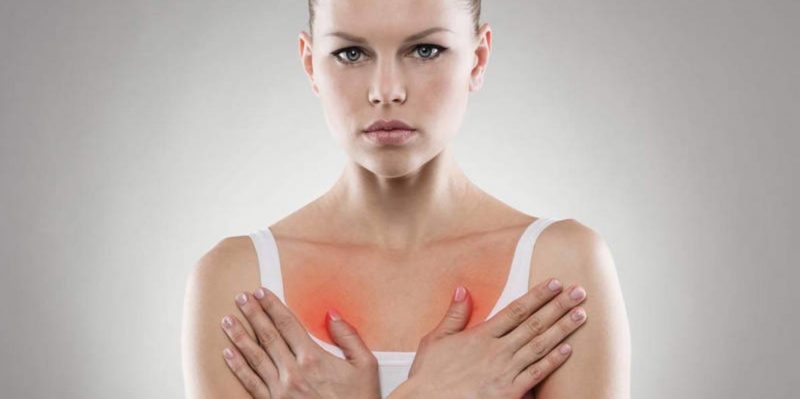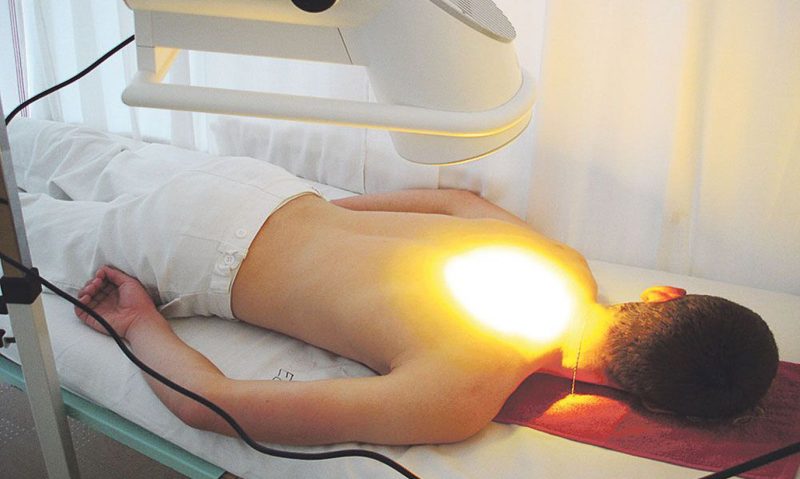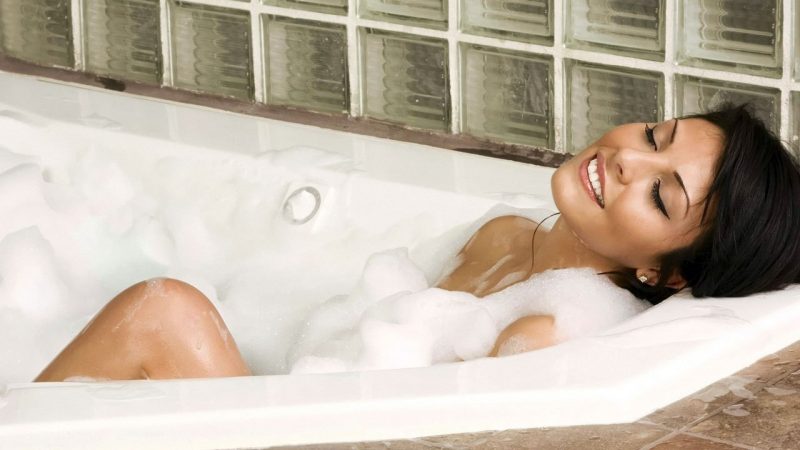Hydradenitis under the armpit is a severe inflammatory process in the apocrine glands, accompanied by suppuration. The disease is serious, so treatment at home can be dangerous.
Material Content:
What is hydradenitis under the arm
The inflammatory process develops mainly in the armpit. An abscess, increasing in volume, at first glance resembles a dog’s nipple, therefore, the people call this disease “bitch udder”. Much less often, formations occur on the scalp, near the nipples, in the groin.
The disease is caused by such microorganisms: Staphylococcus aureus, Escherichia coli and streptococcus. These bacteria easily penetrate through the duct of the sweat gland under favorable circumstances.
The disease is ubiquitous, but most often people from the age of 14 to 35 suffer from it. The likelihood of inflammation of the sweat glands increases during hormonal surges in women during pregnancy or menopause. Due to the characteristics of the body, girls and women of childbearing age most often suffer from this ailment. Children do not get sick, since the apocrine glands in them do not yet function. In older people, their activity fades with age, so this disease also does not occur in them.
Disease classification
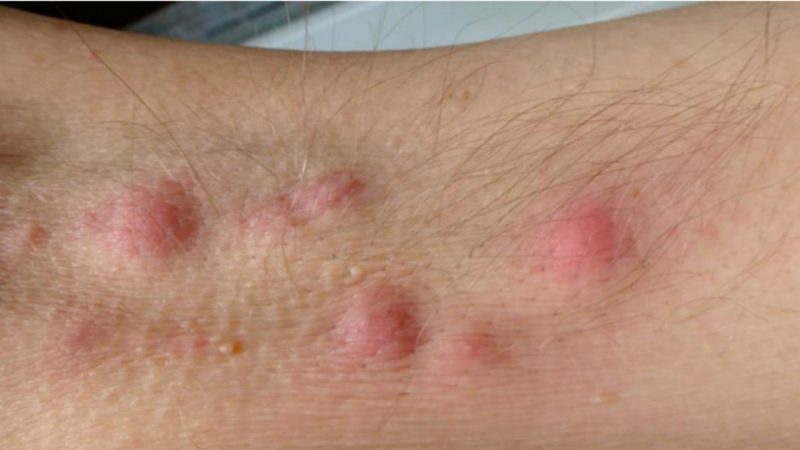 Axillary hydradenitis can occur in the following forms:
Axillary hydradenitis can occur in the following forms:
- Acute purulent. It is characterized by fever up to 38 degrees, pain under the armpits.May cause blood poisoning.
- Chronic A specific feature is periodic exacerbations and prolonged lulls. In this case, with each new exacerbation, the area of inflammation increases.
Often there is a separate form - suppurative. In this case, inflammation occurs against the background of acne during puberty.
Causes of sweat gland inflammation
The causes of hydradenitis are diverse:
- excessive sweating;
- hypothermia;
- prolonged exposure to heat;
- malfunctions of the immune system;
- genetic predisposition due to the non-standard length of the duct of sweat glands;
- sharp fluctuations in hormones;
- overweight;
- wearing synthetic and uncomfortable clothes;
- an allergic reaction to deodorant;
- microtrauma of the skin when shaving or hair removal;
- malnutrition;
- bad habits;
- severe diseases (tuberculosis, hepatitis, HIV).
Most often, the disease is diagnosed in the summer, when many suffer from increased sweating in the heat. This creates favorable conditions for the reproduction of bacteria.
Signs and Symptoms
Symptoms of hydradenitis increase gradually. At first, the symptoms of the disease do not cause concern, but in severe cases, a person may even lose working capacity.
The following manifestations speak of an ailment:
- the formation of a painful node;
- mild itching;
- the appearance of suppuration;
- weakness, severe weakness;
- temperature;
- headache.
The disease proceeds in stages:
- Nodule formation. At first it has compact dimensions, it hurts when pressed. Possible slight itching. This stage lasts about 72 hours.
- An increase in the formation and its gradual fusion with the skin, which makes it look like a nipple. Pus forms inside. This stage lasts about 2 days.
- The progression of inflammation. Blackheads form due to blockage of the sebaceous ducts, the skin color becomes saturated bluish-purple due to stagnation of blood. The discomfort increases, while the seal can occupy almost the entire cavity. Because of this, the patient's condition worsens; he often cannot even lower his hand.
- Autopsy of the abscess. Under normal circumstances, this is rare, therefore, surgical intervention is required. It is very dangerous to squeeze out or open an abscess on your own.
During a breakthrough, the contents of the purulent node flows out, and the wound gradually heals, leaving behind a noticeable scar.
How is the diagnosis
Symptoms of the disease are similar to many skin diseases, so it is very important not to make a mistake in making a diagnosis. At the reception, the doctor conducts an examination and gives a direction for a blood test and a study of the microflora of the inflamed area. When studying the blood, typical signs of the inflammatory process are revealed: high ESR and a large number of white blood cells. Bakseeding helps to choose the right antibiotics for further treatment.
If the disease proceeds in a chronic form, a dermatologist can advise you to take an immunogram to determine what state the protective functions of the body are at this stage.
The main methods of treatment
A disease, as a rule, does not go away on its own. Treatment of hydradenitis under the arm should be comprehensive. The patient is prescribed conservative drug therapy, physiotherapy, and if they are unsuccessful, surgical intervention.
Drug therapy
Antibiotics for hydradenitis are the basis of treatment, since the primary task is to remove the pathogenic bacteria that provoke the disease. Most often prescribed drugs such as Amoxilav, Tetracycline, Ceftriaxone. The doctor selects the dosage and duration of administration individually, taking into account the severity of the symptoms.
If the disease is accompanied by high fever, the patient is shown taking antipyretic drugs.
A good effect is given by topical agents - ointments and creams with antiseptic and anti-inflammatory effects (Lekomekol, Dimeksid, Vishnevsky ointment).And iodine is also widely used, the means that every home medicine cabinet has - boric alcohol, salicylic acid.
Folk remedies
Alternative methods of treatment can accelerate the maturation of the abscess and remove pain. However, they should be used only with the consent of the doctor, so as not to harm or aggravate the situation.
The most popular methods:
- Compress of butter, cottage cheese and sour cream. Take 1 tbsp. l all components, mix, mold a thin "cutlet" and attach to the affected area. Commit. Do this procedure every night.
- Scones from laundry soap. Grind the product, melt in a water bath and mix with 1 tbsp. l salt. Apply a warm composition to the unit for 12 hours, fix with a bandage.
- Lotions from saline. This remedy is only valid if applied from the first days of the illness. 1 tbsp. l dissolve the salts in 200 ml of warm water, moisten generously gauze folded in 3-4 layers and attach to the abscess. As soon as the fabric dries, it needs to be moistened again. Salt stops the development of the inflammatory process and helps the seal to resolve.
- Baked onion compresses. It is most convenient to use a medium-sized onion. Cut the still warm fruit in half and attach to the inflammation with the cut, fix and leave overnight. In mild cases, several times are enough to completely stretch the pus.
However, if after 2 days no improvement is observed, such treatment should be stopped and resort to more effective methods.
Diet and physiotherapy
In mild cases, physiotherapy can be carried out at home. To do this, use "dry heat" - heating pads with hot salt or cereal, heated to a pleasant warmth, sunbathing.
Outpatient physiotherapy is represented by different types:
- Photochemotherapy It is responsible for strengthening immunity and increasing resistance to pathogenic microorganisms.
- Infrared rays. The main purpose is the elimination of pain.
- Magnet with a laser. Reduces inflammation and relieves discomfort.
For the treatment of relapses, additional methods are used - ultrasound, electrophoresis, quartz. In severe cases, the patient is unlikely to manage without surgical intervention. If the nodes are multiple, the operation is carried out in several stages. After this, the patient also needs physiotherapy for the speedy healing of the wound.
Do not forget about the diet. Nutrition must be complete, it is necessary to include foods rich in vitamins and minerals in the diet. It is advisable to give preference to gentle cooking methods - baking, steaming. It is necessary to abandon alcohol, spices, sweets, spicy, fatty and salty foods.
Hygiene rules for hydradenitis under the arm
At home, you must carefully follow the rules of hygiene:
- Carefully remove hair from areas adjacent to the inflamed area.
- In the warm season, sunbathe a little every day, exposing the affected areas to the sun's rays. The total duration of such procedures should not exceed 60 minutes.
- Wipe purulent nodes and adjacent skin with antiseptic agents.
- It is impossible to allow water to enter the armpits, so bathing is prohibited. But you can wash yourself in the shower, after having glued the abscess with adhesive plaster.
Your doctor may also recommend heating abscesses with a warm towel or UV lamp.
Possible complications
Procrastination can lead to the development of phlegmon or sepsis. Fortunately, timely treatment reduces the risk of complications to zero, and recovery occurs within 10-14 days.
Prevention
Prevention measures are not difficult.
To prevent the development of the disease, it is necessary:
- Observe good hygiene.
- Give preference to loose clothing made from natural fabrics, which does not press anywhere and does not injure the skin.
- Change clothes often in hot weather.
- Avoid situations that cause excessive sweating.
- Do not abuse hair removal and shaving of the skin under the armpits. Such procedures must be carried out very carefully to minimize the risk of injury.
- Do not use hard washcloths while taking a bath or shower.
- Dry armpits well, do not allow them to remain wet for a long time.
Hydradenitis is a serious and serious disease, but it is not difficult to prevent it.



